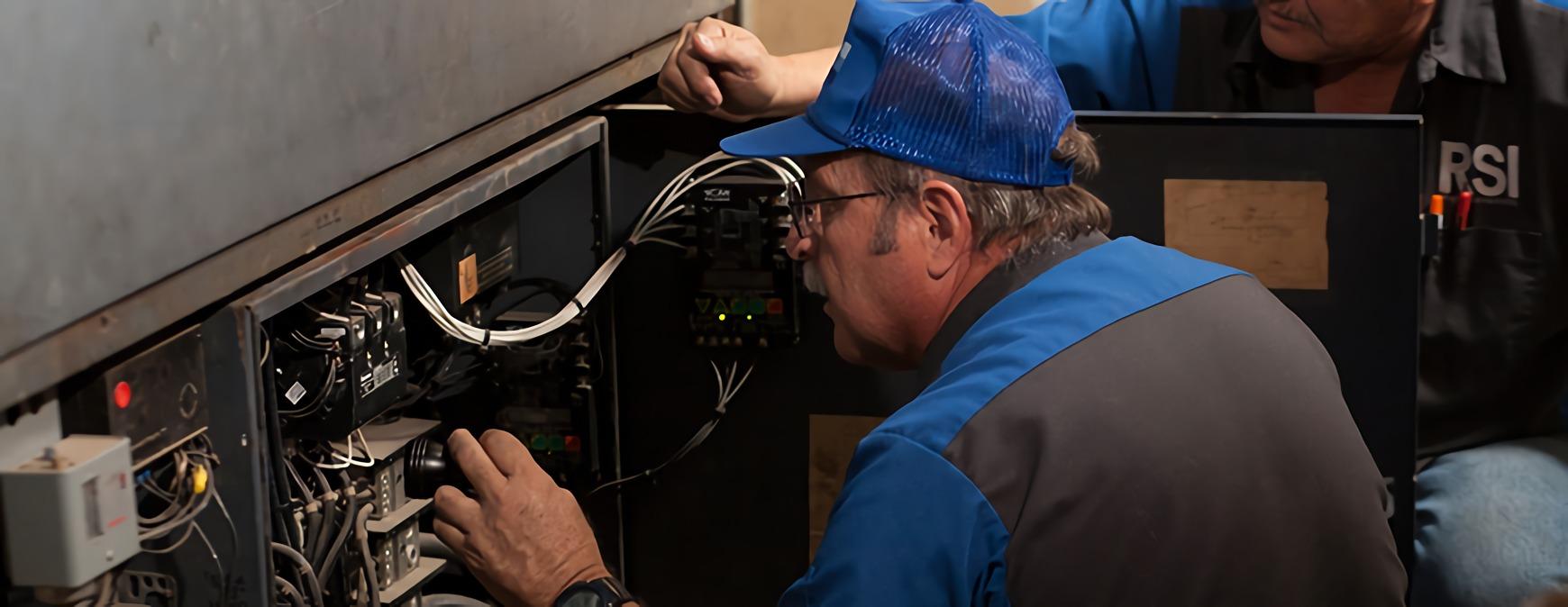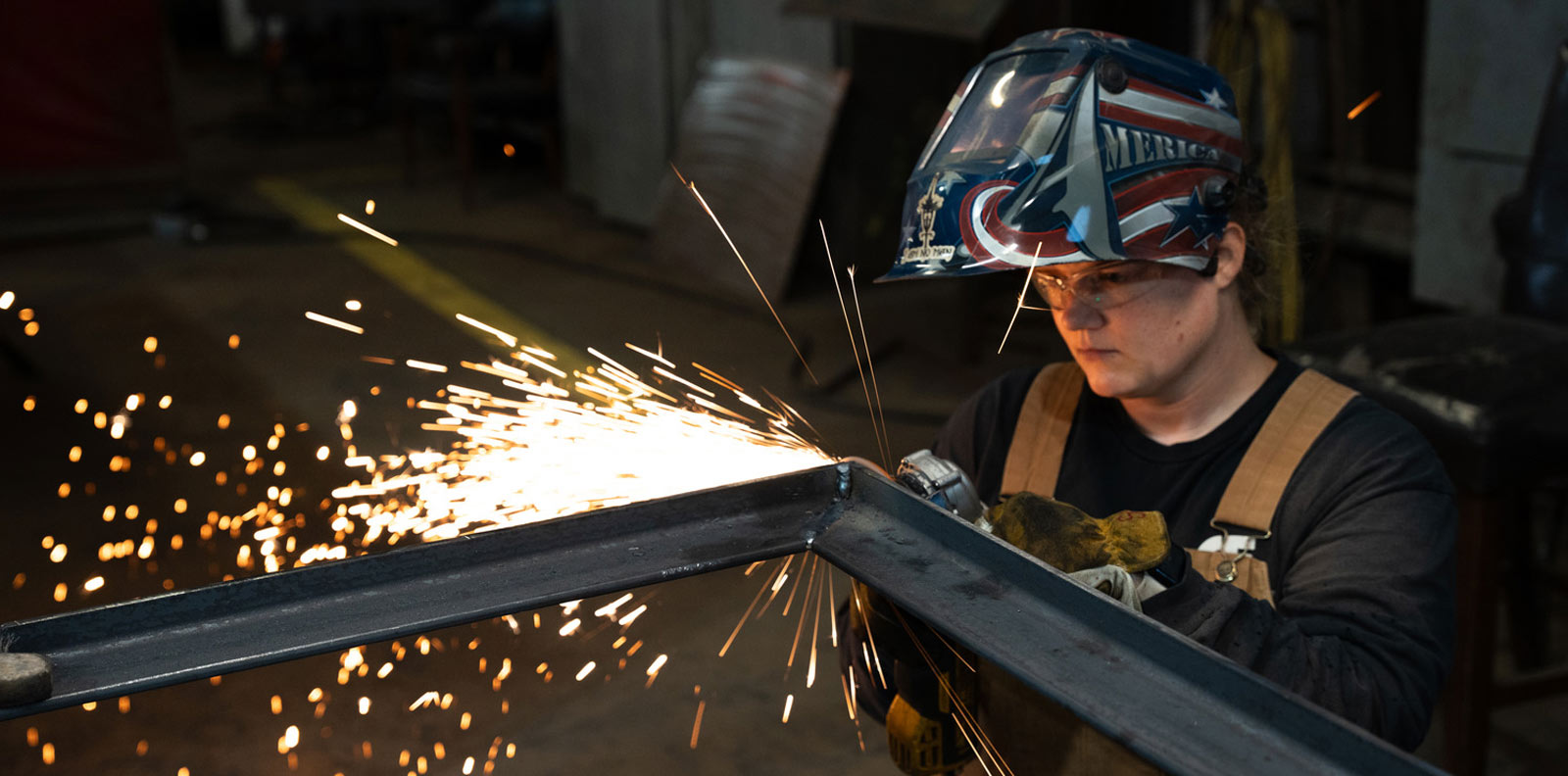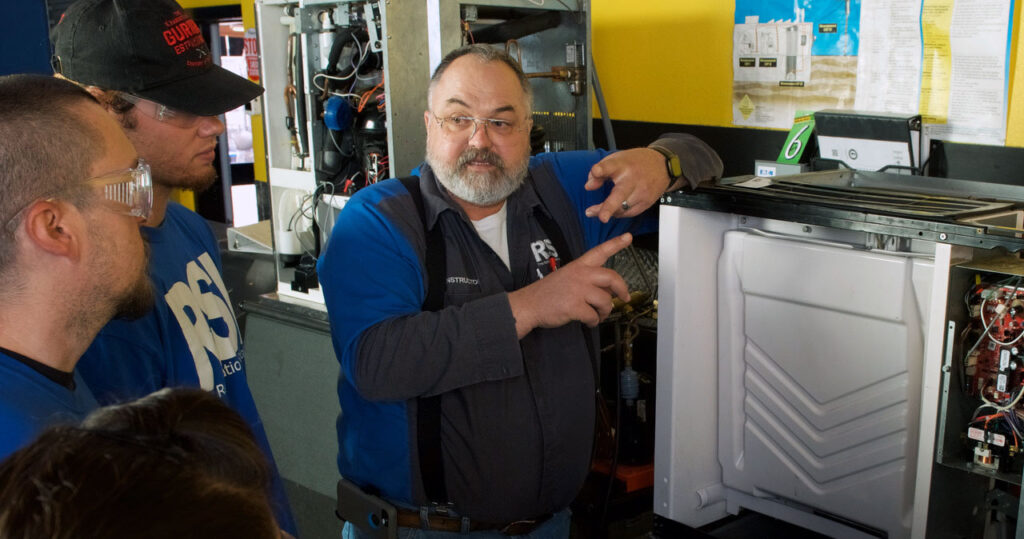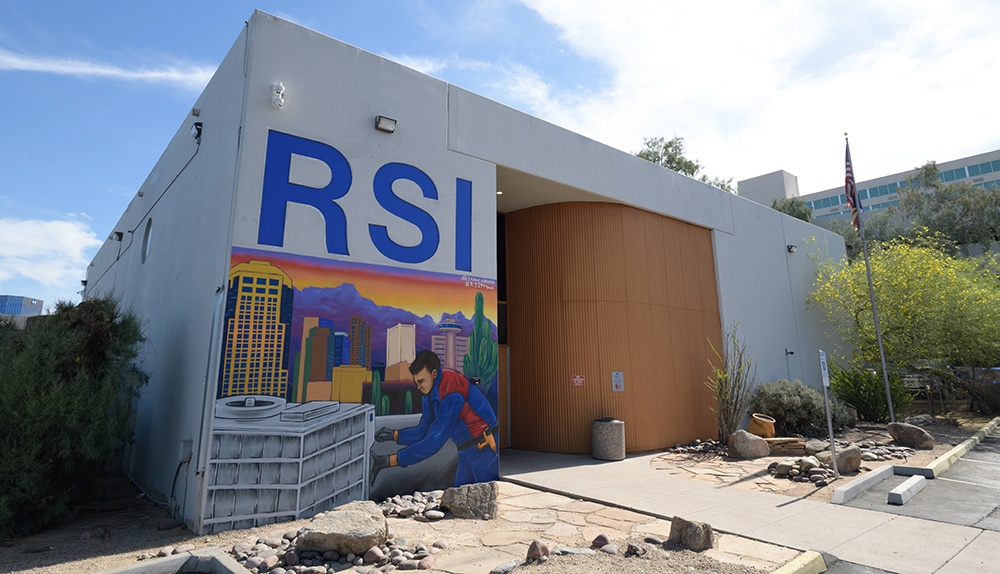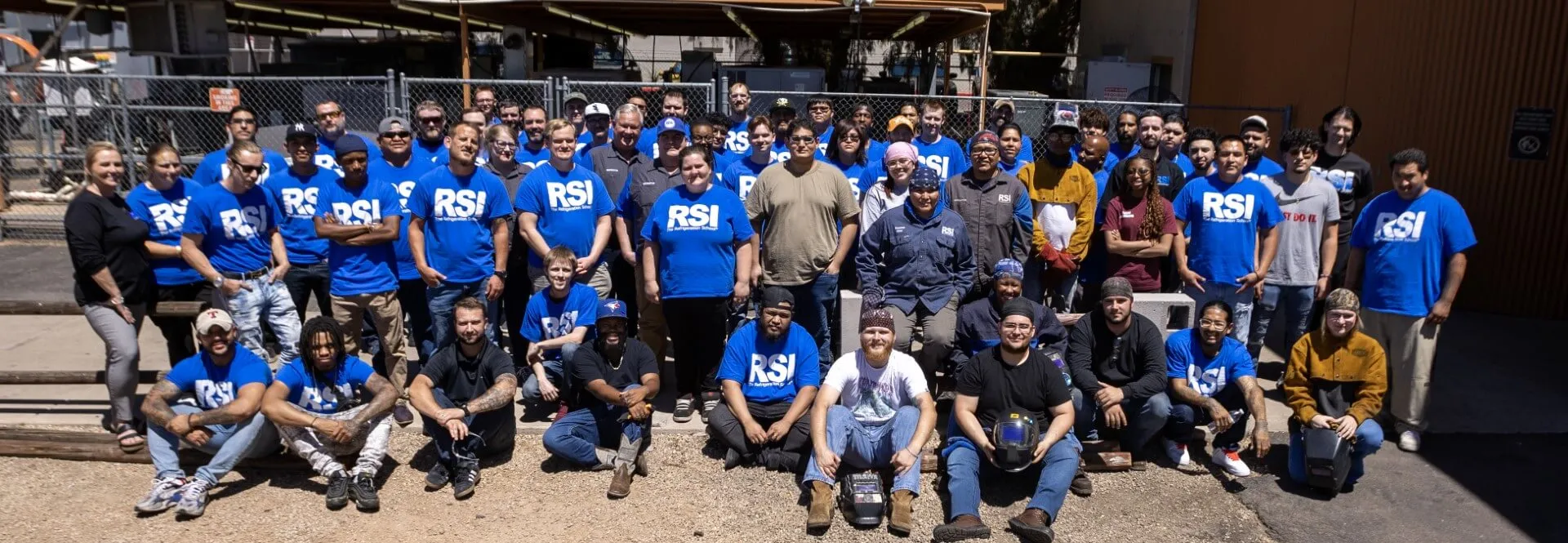RSI is a Great Training Option for Everyone
Learn more about how we can prepare you to advance your career.
Many types of heating, cooling and refrigeration systems rely on refrigerants to transfer heat.[1] They can be essential to how the refrigeration process works in such equipment.[2]
But did you know refrigerants have some known enemies in an HVAC system? Any air, water or nitrogen in the unit can prevent the refrigerant from doing its job correctly and cause damage to the equipment.2 The only other substance that can exist in the system is oil.2
The problem for HVAC technicians is that these substances are always trying to sneak into equipment. Fortunately, there’s a solution: refrigerant evacuation.2
Learn what refrigerant evacuation is, when to use the process and why it’s important in this article.
What Is Refrigerant Evacuation?
Refrigerant evacuation is the removal of moisture, air and non-condensable gases from a refrigeration system.[3] During this process, a vacuum pump is used to draw the sealed HVAC system into a vacuum. This removes air, nitrogen and moisture from the unit.[4]
Get Started on the Path to a New Career
Fill out our form to learn how we can help you change your life.
The removal of these substances occurs in two stages:
Degassing Stage
- Air and vapor is sucked out of the HVAC system. This stage is typically quick and easy.
Dehydration Stage
- The vacuum pump is employed to decrease the pressure below the vapor pressure of water at room temperature, causing any liquid water inside the system to boil off. Without a deep vacuum and tightly sealed system, this stage can be challenging to execute successfully.4
When Is Refrigerant Evacuation Necessary?
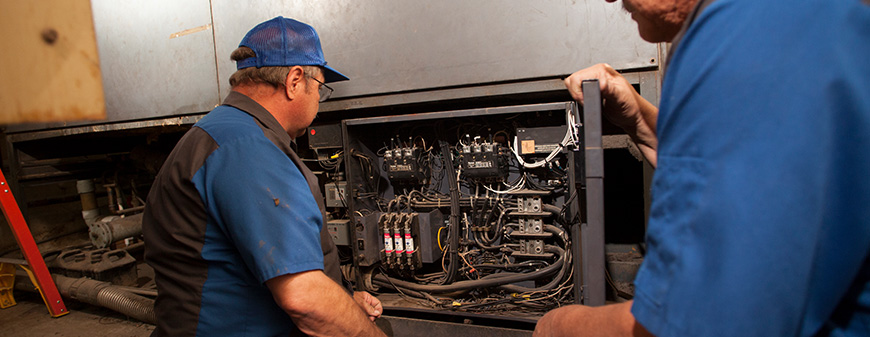
There are a few instances when an HVAC technician may need to evacuate water, air and other unwanted substances from a system:
- Before charging a new system with refrigerant.[5]
- When installing the liquid and suction lines where the ends of the tubing are open.
- After opening the system to make repairs.
- If the system has lost its refrigerant due to leaks or refrigerant recovery.[6]
Why Is Refrigerant Evacuation Important?
Contaminants in an HVAC system can prevent the equipment from working properly and result in premature failure. Following are some of the specific issues that can arise:
Non-Condensable Gases
- Refrigerants transfer heat when they change phases. They absorb heat while in the evaporator, transforming from a liquid to a vapor. When the gaseous refrigerant enters the condenser, it releases heat to the outside air, cooling the refrigerant. It then flows into the expansion valve and returns to a lower pressure, cooler liquid.[7]
Non-condensable gases in a system take up space, limiting the refrigerant’s ability to condense. This reduces the efficiency of the unit and forces the HVAC compressor to work harder.[8]
Moisture
- Water in a heat pump or air conditioner can mix with the lubricating oil in the compressor, forming an acid sludge that can corrode the component, causing it to fail. Since the compressor is one of the most expensive parts in an HVAC system, this can be a serious problem.
If moisture enters the circuit of an A/C or heating unit, it can freeze inside the control, restricting the unit from conditioning the air.8,6
What Are Some Keys to Successful Refrigerant Evacuation?
Taking certain measures can help make for a successful refrigerant evacuation:
- Adhere to best practices while assembling field connections and making repairs:
- Make sure the fittings and refrigerant circuit components are clean and free of debris.
- Clean tubing before cutting.
- Keep open pipework covered to prevent rainwater or condensation from entering.
- Replace filters and driers as needed.
- Purge nitrogen before and after assembling tubing.
- Conduct a standing pressure test with high-pressure nitrogen.
The goal of these practices is to keep the system clean, sealed and dry.
- Choose short, dedicated large-diameter vacuum hoses.
- Instead of using a manifold, connect straight from the CRTs to the pump.
- Use clean oil for your pump and test it routinely.
- After the target vacuum level has been reached, isolate and test to make sure there are no leaks or moisture.4
- Lastly, don’t take shortcuts. They could leave you with an inefficient unit or premature system failure.6
Keeping an HVAC System Clean and Sealed
As you can see, a lot can go wrong when contaminants like air, water or nitrogen infiltrate an HVAC system. The good news is you can evacuate them from the unit and restore it to proper functioning. Just make sure to adhere to best practices for installation and repair and avoid shortcuts.
However, contaminants aren’t the only issue HVAC techs can face when working with refrigerants. Check out What to Know About Refrigerant Leaks to learn more.
Additional Sources
[1] https://theengineeringmindset.com/how-do-refrigerants-work/
[2] https://www.achrnews.com/articles/90651-tech-basics-system-evacuation
[3] Title: Fundamentals of HVAC; Authors: Carter Stanfield and David Skaves; Air-Conditioning, Heating, and Refrigeration Institute; Second Edition; Textbook page 1472
[4] https://www.achrnews.com/articles/140808-how-to-properly-evacuate-refrigerant
[5] http://www.geothermaluniversity.com/resources/10-evacuating-a-refrigeration-system.html
[6] https://www.achrnews.com/articles/135554-properly-diagnosing-the-need-for-a-system-evacuation
[7] http://c03.apogee.net/contentplayer/?coursetype=geo&utilityid=oge&id=6733
[8] https://highperformancehvac.com/hvac-refrigeration-evacuation/
This blog has been labeled as archived as it may no longer contain the most up-to-date data. For a list of all current blog posts, please visit our blog homepage at https://www.rsi.edu/blog/
